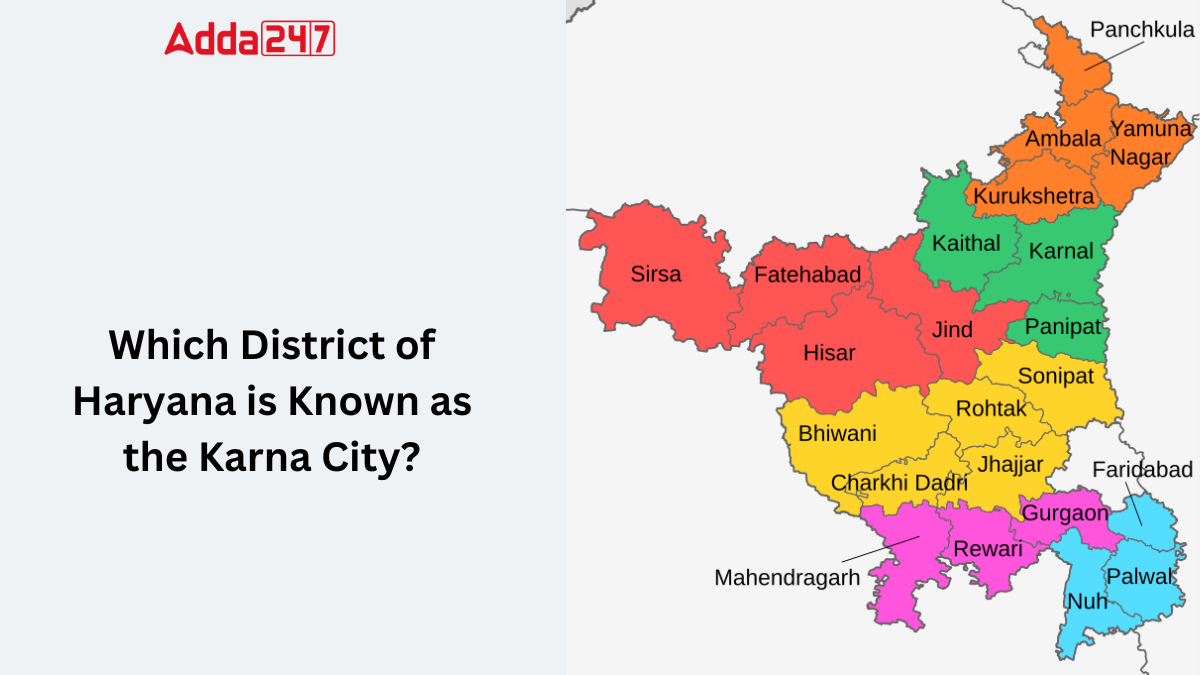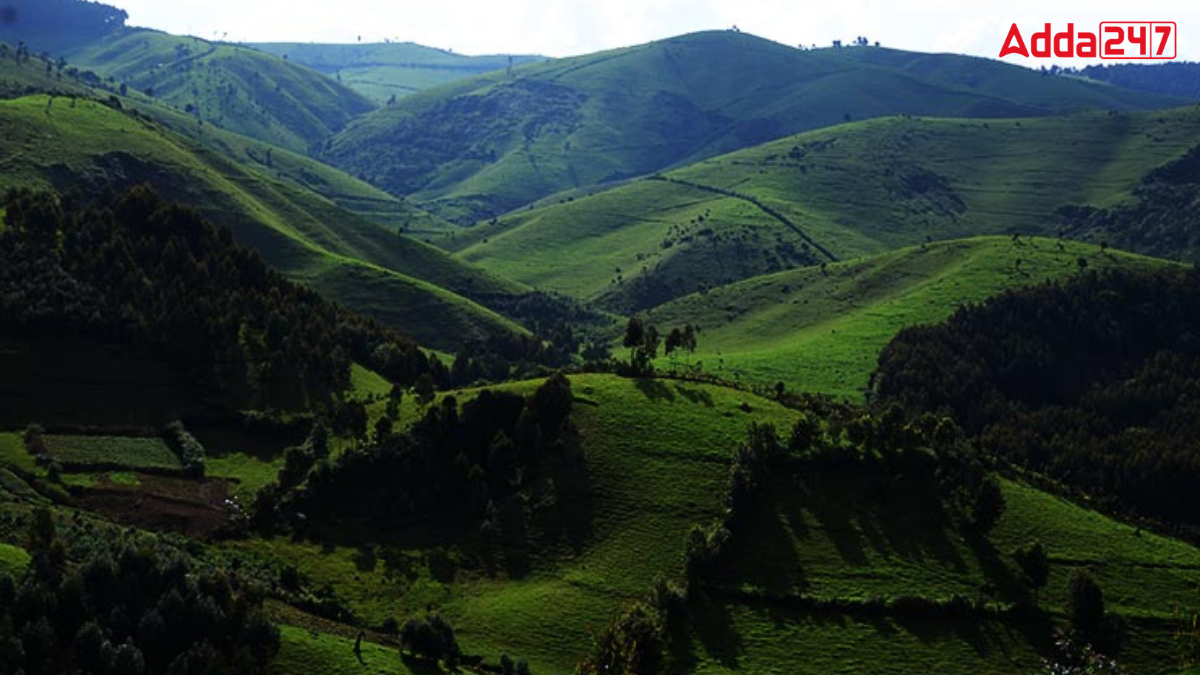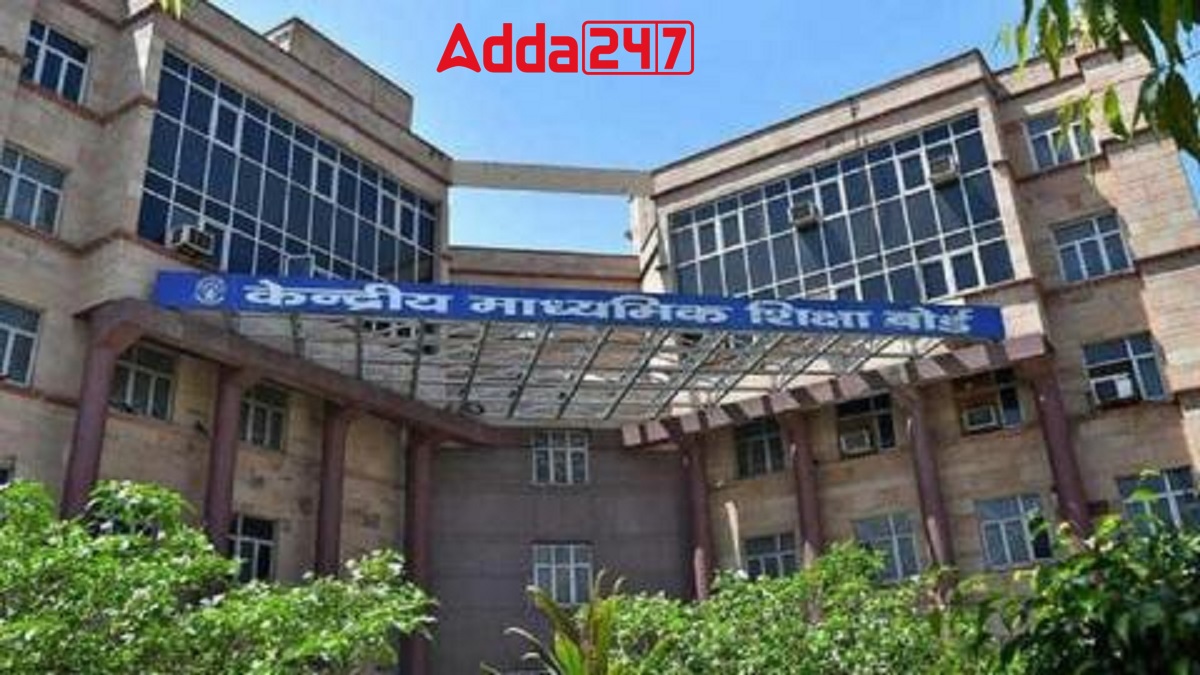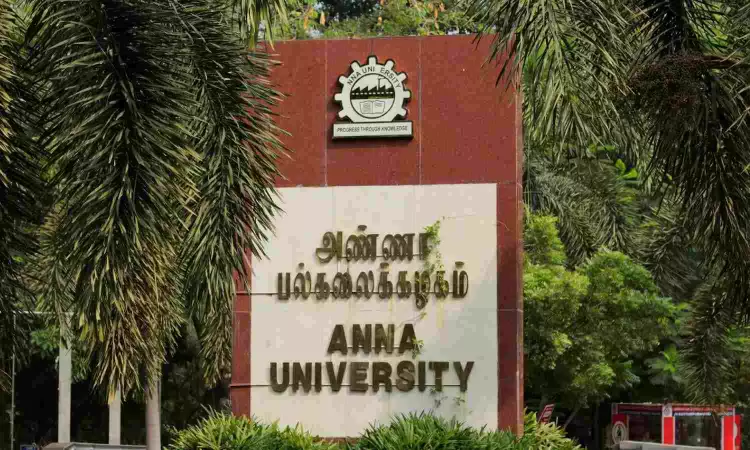Haryana, located in northern India, is known for its rich agricultural heritage, vibrant culture, and rapid industrial growth. It surrounds Delhi on three sides and plays a key role in India’s economy with its farming, manufacturing, and IT sectors. In this article, we will know about the district of Haryana which is known as the “Karna City.”
An Overview of Haryana
Haryana is a state in northern India, formed on November 1, 1966, after separating from Punjab. It covers 44,212 km², making up less than 1.4% of India’s area. Chandigarh is its shared capital with Punjab, while Faridabad is the largest city. Gurgaon is a major financial and technology hub in India.
Karnal district in Haryana is famously called “Karna City.” This name comes from its strong connection to the mythological hero Raja Karna from the epic Mahabharata. Let’s learn more about this district and its unique features.
Why is Karnal Known as the Karna City?
Karnal is known as “Karna City” because of its connection to Raja Karna, a heroic figure from the Mahabharata. The name comes from Karnalaya, meaning “abode of Karna,” or Karna-Taal, referring to Karna Lake. This historical link gives the district its unique identity and cultural significance in Haryana.
Origin of the Name
The name Karnal is linked to Raja Karna. It is believed that the name comes from Karnalaya, which means “the abode of Karna.” Another popular belief is that the name originates from Karna-Taal, meaning “Karna Lake.”
Location of the Karnal
Karnal is located in the north-central part of Haryana. It is situated on National Highway 1 and is about a three-hour drive from Delhi. Its convenient location makes it accessible for visitors and travelers.
What is Karnal known for?
Karnal is well-known for its agricultural strength. It produces large amounts of rice, wheat, and milk. The district also has important agricultural research institutes. Additionally, Karnal is a hub for manufacturing agricultural tools and spare parts.
Tourist Attractions in Karnal
Karnal is a popular tourist destination in North India. Some of the famous attractions include:
- Karan Tal (Karna Lake): A scenic lake linked to Raja Karna.
- Kos Minar: A historic pillar from the Mughal era.
- Kalander Shah’s Tomb: A significant heritage site.
- Babar’s Masjid: An old mosque built by the Mughal Emperor Babar.












